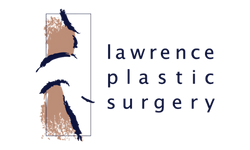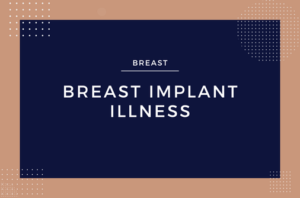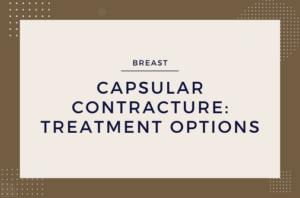Breasts should feel natural after implant placement. If they are abnormally firm this could be a sign of capsular contracture. Think of this as internal scarring which occurs in the collagen capsule that lines the pocket containing the implant.
After implant placement, the body forms a collagen capsule around the implant. This is a normal process that occurs around any implanted device- pacemakers, artificial joints, etc. The capsule is normally quite thin, flimsy, and translucent. You could probably read a newspaper through it (I think, but I’ve never tried)! You won’t even know it’s there.
Sometimes, however, patients will develop an abnormal capsule around their implant. The capsule thickens and contracts, squeezing the implant and making the breast feel firm. It’s not dangerous but can progress to cause a visible deformity or pain. Contractures are rated on a scale of 1 (normal, soft) to 4 (hard, painful).
Why do they occur?
Early contractures may be triggered by events around the time of surgery (bleeding around the implant, low-grade colonization of bacteria, biofilms, etc.) while the cause of contractures that occur years later is more difficult to pin down. A ruptured silicone implant, especially the older ones, can trigger these contractures. Most of the time, however, we can’t say for sure.
Are Capsular Contractures dangerous?
Capsular contractures are not dangerous but may need attention because:
- It may be a sign of something else going on, such as a leaking silicone implant.
- They can distort the shape of the breast and cause the breasts to appear uneven or misshapen.
- They can cause pain (Grade 4 contractures).
- No one wants a breast that’s unnaturally hard!
How do you diagnose Capsular Contracture?
No tests are needed to diagnose a capsular contracture- it’s a clinical diagnosis made by examining the breast. If your breast feels unnaturally firm or looks distorted in shape, you don’t have to just accept it. See a plastic surgeon and discuss options for treatment.
Next: Capsular Contracture- Options for treatment




